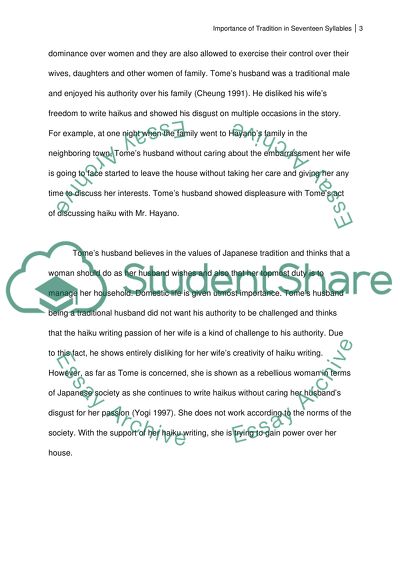Cite this document
(“Importance of Tradition in Seventeen Syllables Book Report/Review”, n.d.)
Importance of Tradition in Seventeen Syllables Book Report/Review. Retrieved from https://studentshare.org/literature/1555633-analytic-argument-essay
Importance of Tradition in Seventeen Syllables Book Report/Review. Retrieved from https://studentshare.org/literature/1555633-analytic-argument-essay
(Importance of Tradition in Seventeen Syllables Book Report/Review)
Importance of Tradition in Seventeen Syllables Book Report/Review. https://studentshare.org/literature/1555633-analytic-argument-essay.
Importance of Tradition in Seventeen Syllables Book Report/Review. https://studentshare.org/literature/1555633-analytic-argument-essay.
“Importance of Tradition in Seventeen Syllables Book Report/Review”, n.d. https://studentshare.org/literature/1555633-analytic-argument-essay.


